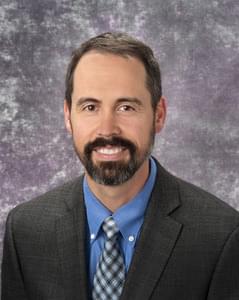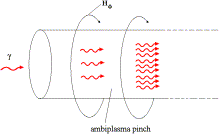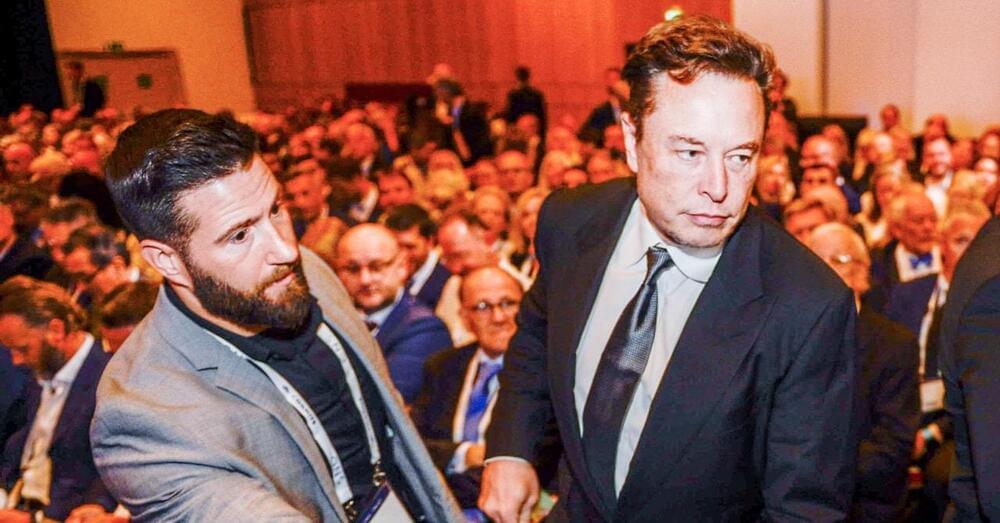Scientists at the University of Pittsburgh School of Medicine have discovered the missing puzzle piece in the mystery of how melanoma tumors control their mortality.
In a paper published in Science this week, Jonathan Alder, Ph.D. and his team describe how they discovered the perfect combination of genetic alterations that tumors use to promote explosive growth and prevent their own demise, a development that could change the way oncologists understand and treat melanoma.
“We did something that was, in essence, obvious based on previous basic research and connected back to something that is happening in patients,” said Alder, assistant professor in the Division of Pulmonary, Allergy and Critical Care Medicine at Pitt’s School of Medicine.








